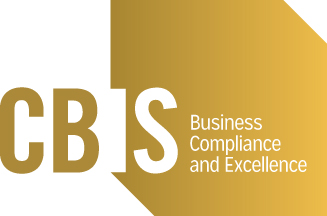To adapt the changing times and stay in competition in the growing market, company owners have to strive to enhance their products and services by also improving their business processes.
Business improvement encompasses increasing production and services while decreasing expenses of the organization in optimizing business processes. Organizations could adapt several methodologies and theories for business improvement. It is common, though, that business owners heed coaching and training sessions from consulting firms such as Comprehensive Business Improvement Solutions or CBIS.
The Lean Six Sigma Method
This is a common methodology, which is a combination of two processes — Lean and Six Sigma. The Lean approach is a process aimed to remove or eliminate processes that do not add value. Value has no specific definition, but it is determined based on the nature of the organisation — it can be a product or a service provided.
On the other hand, Six Sigma focuses on the reduction of variations in products and services. This involves identifying the variations and determining its root cause. Action is done on the root cause to prevent the product or service defect.
In combination, the Lean Six Sigma encompasses removing wastes while promoting standardisation to reduce defects. All these methodologies are aimed at better processes, products, and services to improve customer satisfaction.
Approaches to Business Improvement
There are different possible approaches to a business improvement project. By employing the principles of Lean Six Sigma, the approach starts with reviewing critical issues in the organisation. From here, they determine the root cause of these issues and identify focus areas. After this, a gap analysis is conducted on these focus areas, and outcomes are reviewed with the management team. Based on these, objectives are defined and ranked according to priority. A committee is then established as well as a scope and timeline.
A carefully designed and customised training program is dedicated to achieving the determined objectives. The implementation of the program starts with a test pilot. After supervising and coaching the team, the project is then reviewed. Outputs are assessed in a post-implementation review and then compared to the objectives. Any additional actions needed to achieve the remaining requirements are then identified before closing the project.
Regardless of the approach for business improvement made by the consulting firm, such as Comprehensive Business Improvement Solutions, it is important to have the organisation familiarise themselves with the methodology applied. Lean, Six Sigma and Lean Six Sigma methodologies have several standard levels of competencies. For Six Sigma, there are Green Belt, Black belt, and Yellow belt; and for Lean, there are Practitioner, Expert, and Lead.
The ISO 18404:2015 international standard defines the competencies of the practitioners of both the Black and Green belt and Lean practitioners. It does not include Yellow Belt practitioners.
The standard also defines the required documents. To become a certified practitioner, in-house and online training options are provided by several consulting firms — including Comprehensive Business Improvement Solutions — accredited by the International Association for Six Sigma Certification or IASSC and The Council Six Sigma Certifications.
Business improvement is not necessarily an immediate and drastic action. It can be a gradual process. However, it should be noted that it is a continuous process. Organizations must continuously aim to make processes more efficient by improving outputs for better quality and reducing waste processes. All these are done to address the changing needs of their consumers and make sure that the organization’s resources are conserved.
Author: Ester Adams














